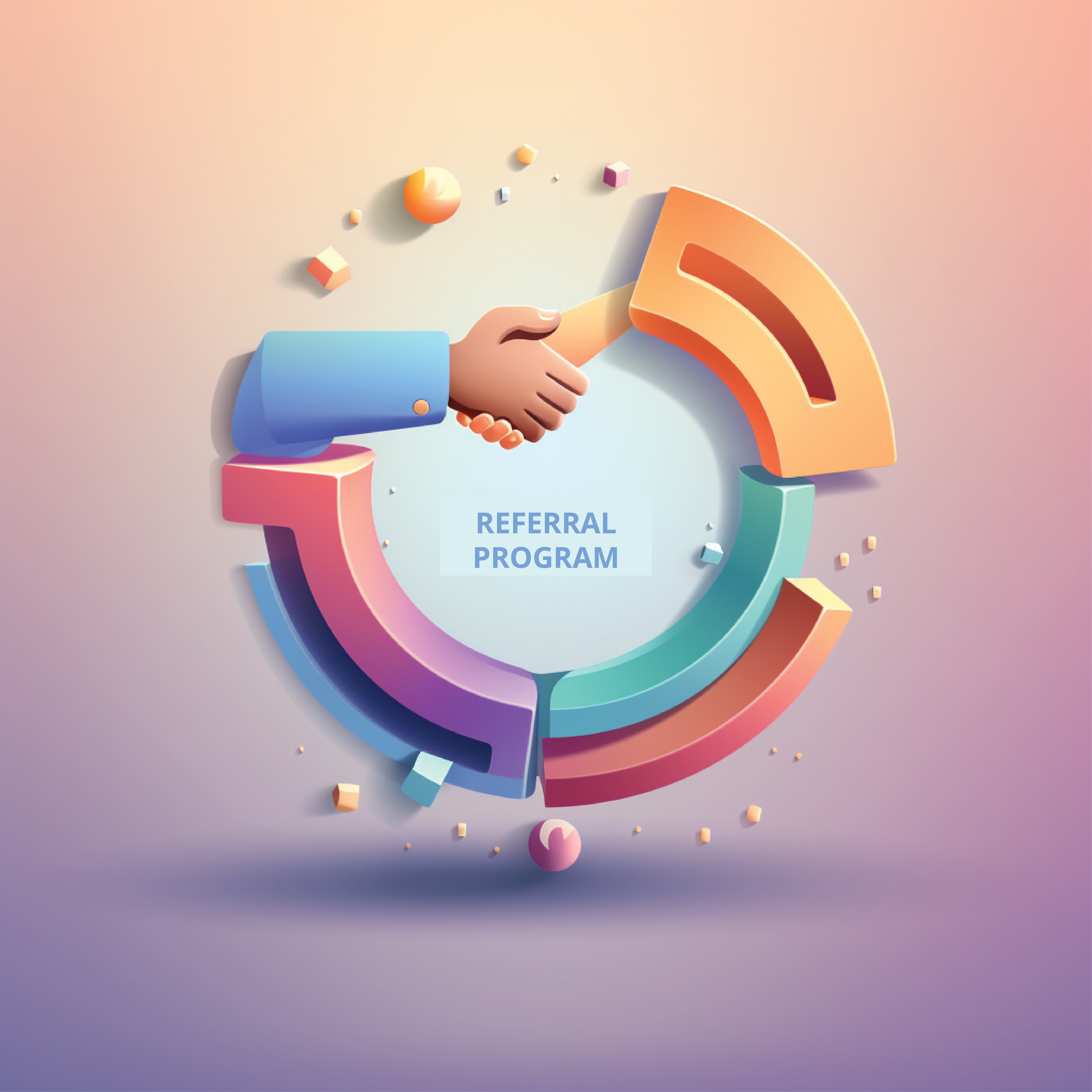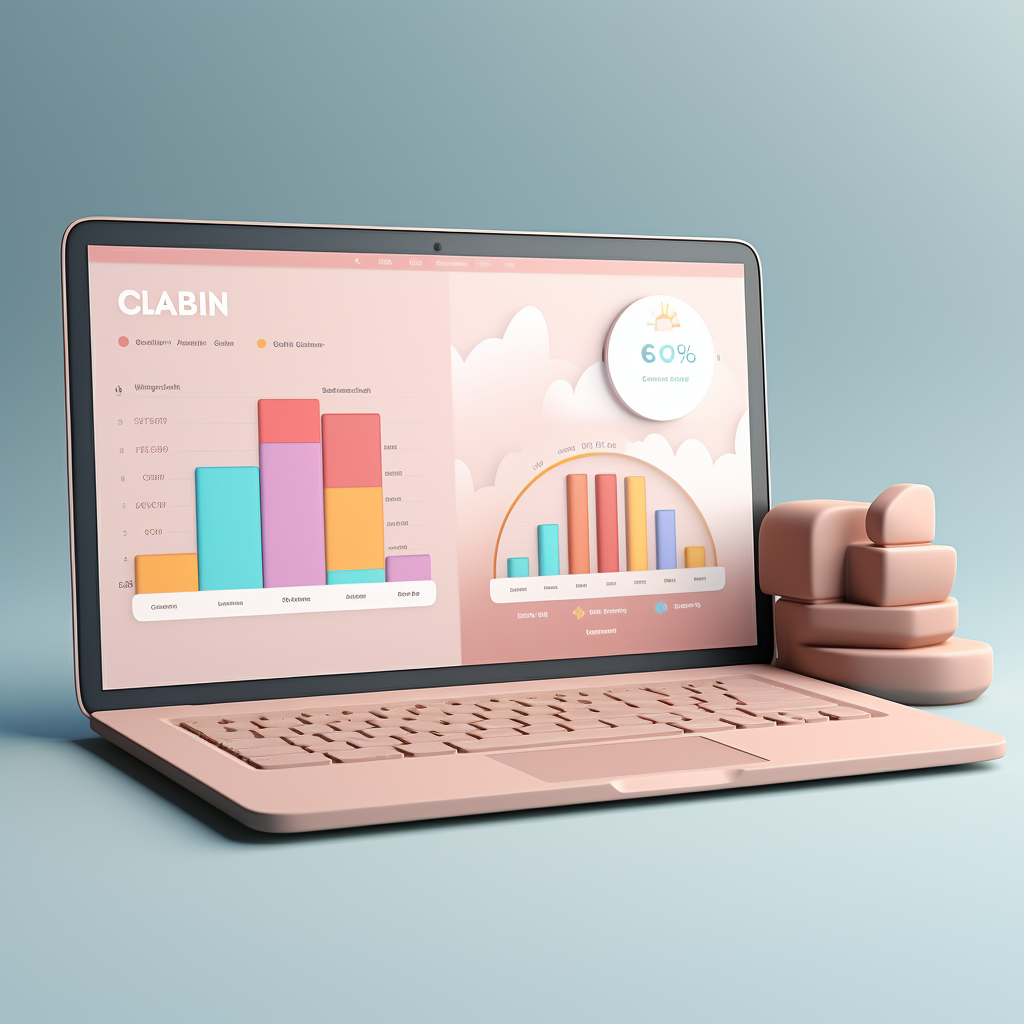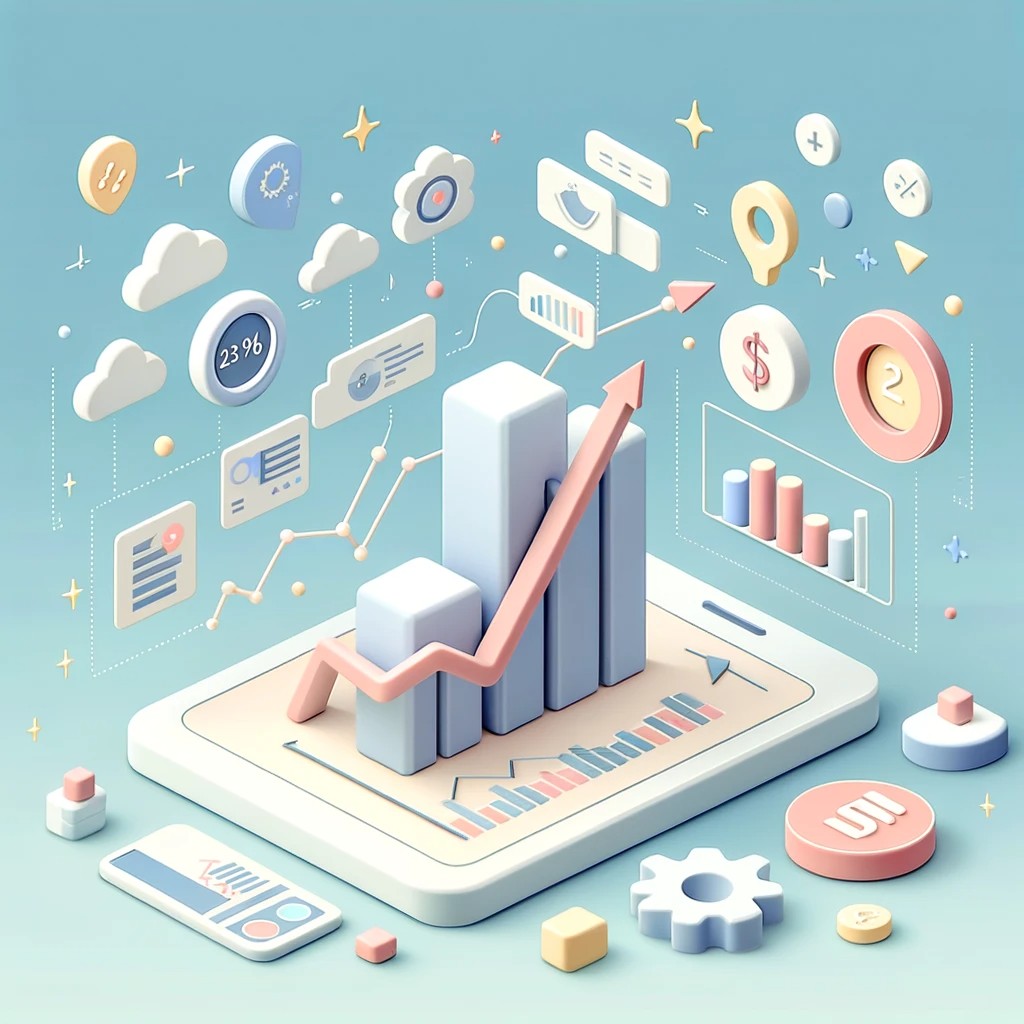
Innovative Pricing Models for SaaS: Beyond Subscriptions
The SaaS industry is evolving, and with it, the way businesses think about pricing their services. Traditional subscription models, while still effective, may not cater to the diverse needs of today's B2B customers, especially those in marketplaces and payment processors integrating embedded lending services. To stay competitive and meet the demands of a varied client base, SaaS companies are exploring innovative pricing models that go beyond simple subscriptions. This article delves into these alternative strategies, offering insights into how they can address unique challenges and seize new opportunities.
Why Move Beyond Subscriptions?
Subscription models have dominated the SaaS landscape due to their predictability and simplicity. However, as the market saturates and customer needs become more complex, companies are finding that one size does not fit all. Particularly for B2B SaaS platforms, marketplaces, and payment processors with embedded lending capabilities, offering more flexible and tailored pricing options can be a key differentiator and growth driver.
Innovative Pricing Strategies
Usage-Based Pricing
Overview: In this model, customers are charged based on their actual usage of the service, rather than a flat monthly or annual fee. This aligns costs directly with value received, making it an attractive option for businesses with fluctuating needs.
Benefits for Embedded Lending: Usage-based pricing can be particularly effective for SaaS platforms offering embedded lending services. It allows customers to scale their usage up or down based on their lending activity, ensuring they only pay for what they need.
Freemium to Premium
Overview: The freemium model offers basic features for free while charging for premium features. This strategy can attract a broad user base and convert a portion of those users into paying customers over time.
Benefits for Embedded Lending: By providing basic marketplace or payment processing functionalities for free, SaaS companies can entice users to try their platform. Over time, as users require more sophisticated features like embedded lending, they can move to a paid plan.
Tiered Pricing Based on Value
Overview: This model involves creating different pricing tiers, each offering a progressively greater level of value or features. Customers can choose the tier that best fits their needs, providing flexibility and scalability.
Benefits for Embedded Lending: Tiered pricing allows SaaS companies to cater to a wide range of businesses, from startups to large enterprises, by aligning features like embedded lending with the specific needs and capabilities of each segment.
Outcome-Based Pricing
Overview: Here, pricing is tied to the outcomes or results achieved by the customer using the SaaS product. This model is highly customer-centric and can foster strong partnerships between the provider and the user.
Benefits for Embedded Lending: Outcome-based pricing is particularly compelling for embedded lending services, as charges can be linked to the volume of loans processed or the interest earned, offering a clear value proposition to customers.
As the SaaS industry matures, innovating pricing strategies becomes crucial for maintaining competitiveness and catering to the evolving needs of B2B clients. By adopting models such as usage-based pricing, freemium to premium, tiered pricing, and outcome-based pricing, SaaS companies, especially those in the realms of marketplaces and payment processors with embedded lending services, can offer more personalized and flexible solutions. These innovative pricing strategies not only address unique challenges but also unlock new opportunities for growth and customer satisfaction.
#SaaSPricing #InnovativePricing #SubscriptionModels #UsageBasedPricing #Freemium #TieredPricing #OutcomeBasedPricing #EmbeddedLending #B2BSaaS #Marketplaces #PaymentProcessors #PricingStrategies #GrowthHacking #CustomerSatisfaction #DigitalTransformation #FinancialTechnology #TechInnovation














































.png)




















































































































.png)





.png)







